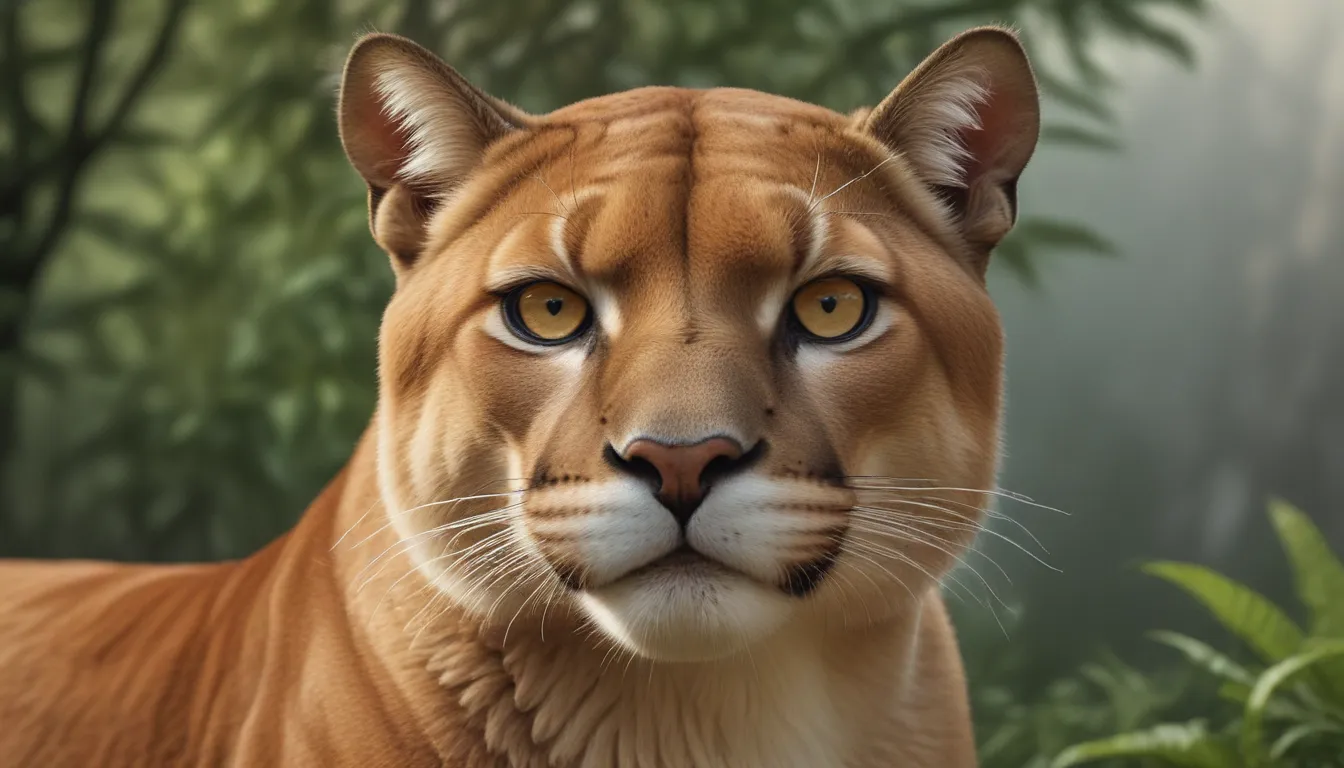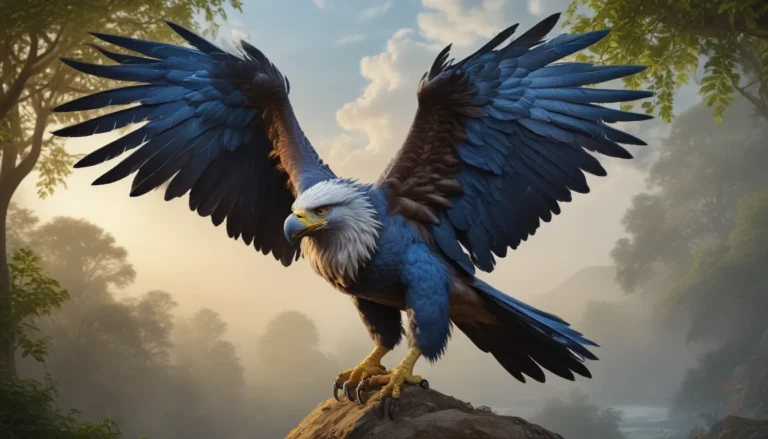The pictures we use in our articles might not show exactly what the words say. We choose these pictures to make you interested in reading more. The pictures work together with the words but don’t take their place. The words still tell you the important facts.
Welcome to the captivating world of the puma cat, a majestic creature that roams the wild landscapes of the Americas. In this article, we will explore the intriguing details of these elusive felines, uncovering facts about their habitat, behavior, diet, and unique adaptations. Join us on an adventure as we unravel the secrets of these awe-inspiring big cats and gain a deeper understanding of the powerful predators that grace our natural world.
Unveiling the Puma Cat: A Powerful Predator
Pumas, scientifically known as Puma concolor, are highly skilled predators that inhabit a diverse range of habitats, including forests, mountains, and grasslands. These solitary hunters are equipped with a muscular build and powerful legs, enabling them to take down a variety of prey such as deer, elk, and smaller mammals. Their exceptional hunting prowess is showcased through their ability to silently stalk and pounce on unsuspecting victims, a testament to their remarkable skill set.
Exploring Size and Appearance
Adult pumas command attention with their formidable size, measuring between 6 and 8 feet in length, including their long tail, and standing around 2.5 feet tall at the shoulder. Weighing an impressive 100 to 200 pounds, with males typically larger than females, pumas boast a sleek and muscular body. Their short fur comes in a range of colors from light brown to reddish-brown or gray, allowing them to blend seamlessly into their surroundings and maintain their elusive nature.
The Extensive Range of Pumas
Pumas have carved out an extensive geographic range that spans from the southern tip of South America to the northern regions of North America. Thriving in diverse ecosystems such as the dense rainforests of the Amazon, the rugged mountains of the Andes, and the arid deserts of the Southwest United States, these adaptable creatures are considered the most widespread wild terrestrial mammal in the Western Hemisphere. Their ability to thrive in various environments is a testament to their resilience and versatility as a species.
Solitary Lifestyle and Communication
Unlike many other big cats, pumas lead a solitary lifestyle, establishing large territories with males requiring larger ranges that encompass several female territories. These elusive creatures prefer to avoid confrontation, relying on vocalizations, scent markings, and visual cues to communicate with each other and maintain social boundaries. Apart from the mating season or when protecting their young, pumas generally steer clear of direct physical interaction with other individuals.
Unveiling Remarkable Adaptations
Pumas have evolved remarkable adaptations that enable them to thrive in diverse environments. Their keen senses of sight and hearing, coupled with retractable claws and padded paws, make them expert stealth hunters. With a flexible spine aiding in precise maneuverability during pursuit and capture, coupled with hind legs built for explosive bursts of speed, pumas can reach impressive speeds of up to 50 miles per hour in short bursts. These adaptations highlight their agility, speed, and efficiency as predators in the wild.
Agile Climbers and Swimmers: More Than Just Land-Dwellers
Contrary to popular belief, pumas are not solely land-dwelling creatures. They possess exceptional climbing and swimming abilities, enabling them to traverse challenging terrain effortlessly. Pumas can scale trees with ease, providing them with an advantageous vantage point for hunting or resting. Additionally, their proficiency in swimming allows them to cross rivers and lakes, accessing new territories or pursuing prey with ease. This versatility in movement showcases their adaptability and resourcefulness as predators.
Puma Cubs: Early Life in Solitude
Female pumas give birth to a litter of one to six cubs after a gestation period of approximately 90 to 96 days. These adorable cubs remain with their mother for up to two years, where they learn essential survival skills such as hunting, stalking prey, and navigating their surroundings. Once mature, the young pumas venture out on their own, seeking territories to establish and continue the cycle of life. This period of growth and learning prepares them for a life of independence and self-reliance in the wild.
Conservation Efforts and Challenges
Pumas face conservation challenges such as habitat loss, fragmentation, and human-wildlife conflicts. Despite being classified as "Least Concern" by the International Union for Conservation of Nature (IUCN), regional populations may be at greater risk, underscoring the importance of ongoing conservation efforts. Ensuring the long-term survival of these magnificent creatures requires a commitment to habitat conservation, public education, and responsible tourism to promote coexistence and reduce conflicts between humans and pumas.
Pumas in Mythology and Culture
Throughout the Americas, pumas have held significant roles in the mythology and culture of indigenous peoples. Revered as symbols of power, agility, and spiritual guardianship, these majestic cats have inspired awe and respect for centuries. Puma motifs frequently appear in traditional artwork, reflecting the deep connection and reverence that these creatures command within various cultures. Their influence extends beyond the natural world, leaving a lasting impression on the human imagination.
Embracing Human-Puma Coexistence
As human settlements encroach upon puma territories, fostering coexistence and reducing conflicts becomes paramount. Through habitat conservation, public education, and responsible tourism, we can promote a harmonious relationship between humans and pumas. By understanding and appreciating these fascinating creatures, we can work towards protecting their future and preserving the delicate balance of our shared ecosystems. Our role as stewards of the Earth entails a commitment to coexisting with the wildlife that enriches our natural world.
Conclusion: Ensuring the Legacy of Puma Cats
Pumas, with their powerful hunting abilities, adaptability, and solitary nature, embody the wild spirit of the Americas. From their extensive range and remarkable adaptations to their cultural significance and conservation challenges, pumas captivate our imagination and inspire reverence for the natural world. As stewards of the Earth, it is our responsibility to ensure that these majestic cats continue to roam the wild landscapes for generations to come, enriching our lives with their presence and contributing to the intricate tapestry of our ecosystem.
FAQs: Answering Common Questions About Pumas
Are pumas and mountain lions the same animal?
Yes, pumas, mountain lions, cougars, and catamounts all refer to the same species, Puma concolor.
How fast can a puma run?
Pumas can reach speeds of up to 50 miles per hour in short bursts, thanks to their powerful hind legs.
Do pumas roar like other big cats?
No, pumas do not roar like lions or tigers. Instead, they produce vocalizations such as screams, growls, and purrs.
What is the lifespan of a puma in the wild?
In the wild, pumas typically live between 8 and 13 years, while those in captivity may reach up to 20 years.
Do pumas have any natural predators?
Adult pumas have few natural predators, although they may occasionally fall prey to larger predators like bears or wolves.
And that concludes our dive into the mesmerizing world of pumas, shedding light on their remarkable characteristics, conservation challenges, and cultural significance. Join us in celebrating the beauty and resilience of these magnificent creatures as we work together to ensure their legacy for generations to come.






